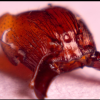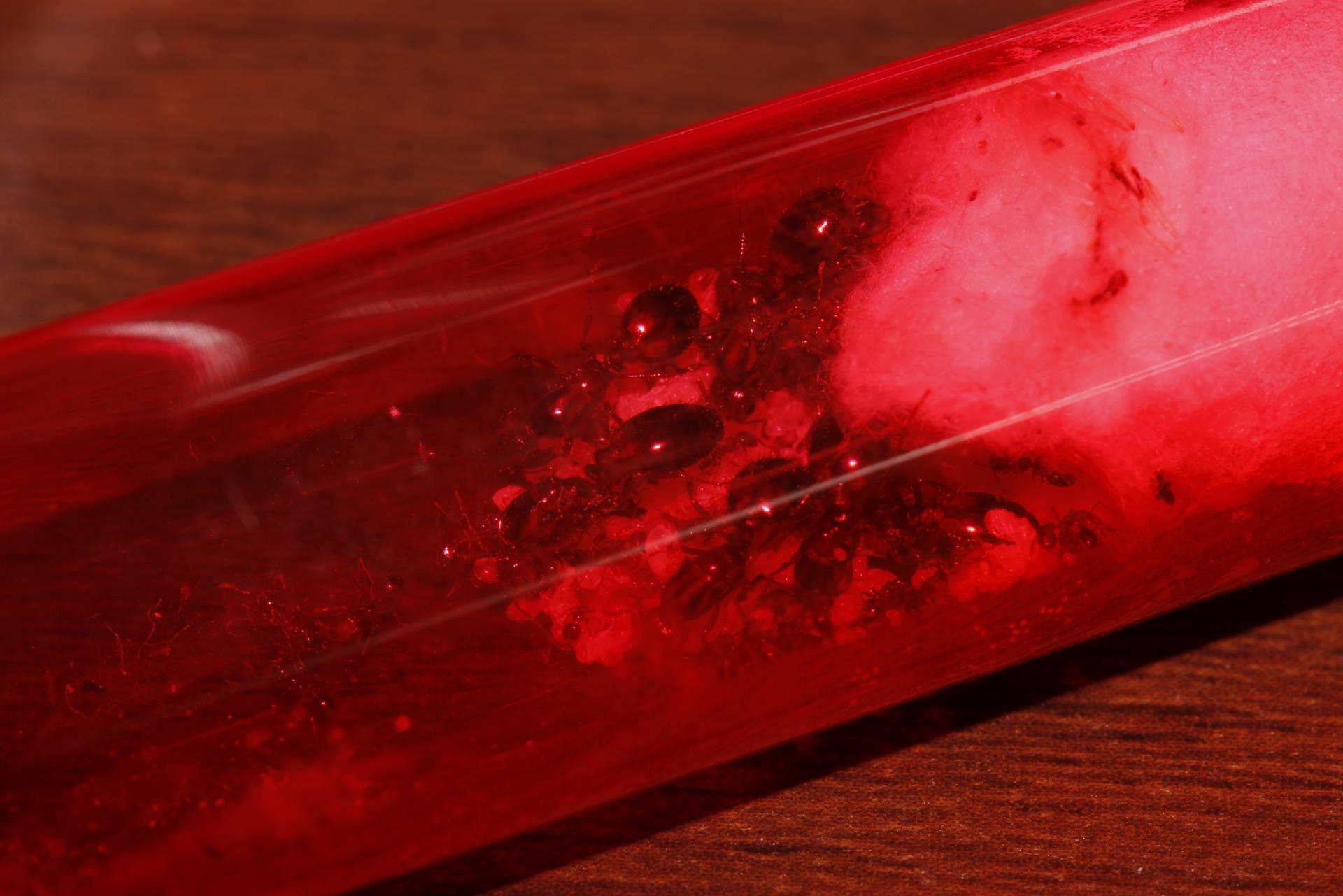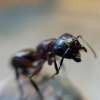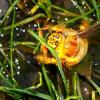S. invicta being a good or bad starter species is honestly a matter of opinion really... I can see where some people are coming from when they think that they can be too much to handle. The reasons for why I like them personally is because they grow so fast and are exceptionally bullet proof as long as they remain hydrated. A newbie can watch them grow at an exponential rate, rationing their food source can slow down their growth rate if need be, its not that difficult. They don't actually need as much food as you think. If you can't afford to give up a piece of chicken, eggs, chips, nuts, some insects, pieces of bread, cheese, dog food, scraps, your left overs etc... then you have bigger problems that you need to take care of first before getting into any hobbies. They'll eat almost anything, it's not like they need to eat an entire cow. The little amount of food that I do offer them ends up being rejected a lot of the times because they've had their fill. There's even really cheap recipes out there where you can create a nutritious paste that has all the essentials.
If they get to a point where they're too much to handle or you just don't feel like keeping them anymore, you can always freeze them and dispose of them guilt-free since they are an invasive species. There will always be an over-abundant supply until someone finds a cure all for invasive fire ants. Honestly the only counter argument I've really seen is, "they grow too fast" which honestly sounds more like a plus than a minus to me, but to each their own.
A newbie will be able to experience the thrill of seeing a queen lay her first clutch of eggs to having up to 10k+ within less than a year. I've limited a S. invicta colony to around 300-500 within a year by rationing. They can learn the ins and outs of what it's like to care and struggle through all stages of raising a colony. They're a forgiving and adaptable species that provide a good learning experience especially since they have their nuptial flights almost year round, you can just try and try again. I understand that every species of ants are different, but S. invicta can give newbies a rough idea of what it's like to take care of ants in general.
I'm mainly making this post for newbies coming across this forum who happen to find this thread about fire ants. They can then take this experience to prepare for a species that needs a little more care. S. invicta was how I started in the ant keeping hobby and I stand by them as a good beginner species. At the end of the day you're not me, this is all a matter of opinion and everyone is entitled to disagree.
Edited by Studio, June 3 2020 - 2:37 AM.


















